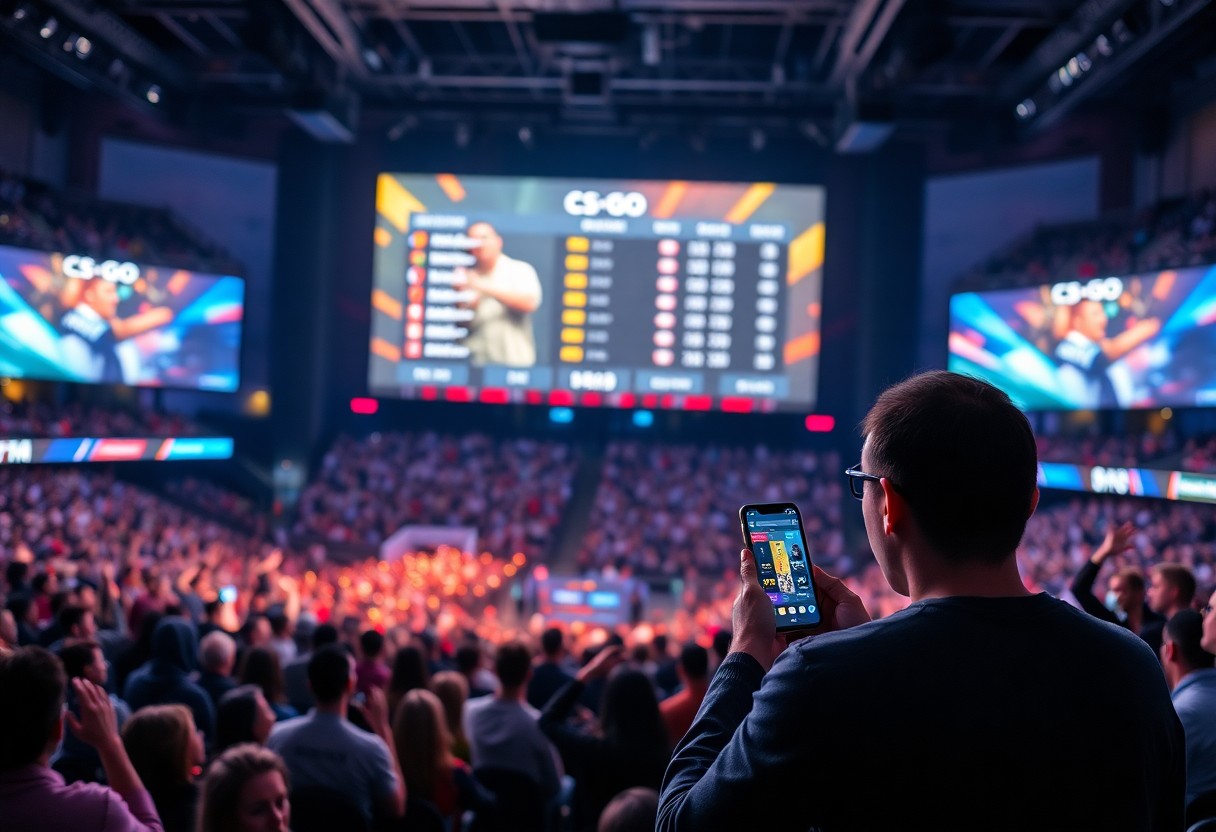With the rise of Fortnite as a dominant force in competitive gaming, the debate between traditional building mechanics and the recently introduced Zero Build mode has intensified. Established in 2017 by Epic Games, Fortnite’s unique blend of shooting and building captivated players worldwide. The ability to quickly construct structures for defense or vantage points became a hallmark of the game’s highly competitive nature. However, the addition of Zero Build mode in 2022 has sparked discussions about skill diversity and the accessibility of the game, reshaping how players engage with Fortnite.
Building in Fortnite is often seen as an crucial skill that separates casual players from the highly competitive few. Proficient builders can erect elaborate structures in mere seconds, providing strategic advantages in both offense and defense. The rapid construction capabilities allow players to outmaneuver opponents and gain the high ground, a tactical advantage that can often turn the tide of battle. As a result, building has become synonymous with Fortnite’s competitive scene, leading to high-stakes tournaments where building skills are absolutely crucial for success.
On the other hand, Zero Build mode eliminates the construction elements, focusing purely on shooting mechanics. This mode appeals to a broader audience, including players who find traditional building mechanics challenging or overwhelming. By removing the building aspect, Zero Build levels the playing field, encouraging strategic gameplay without the necessity of lightning-fast building reflexes. Firearms, placements, and movement become the primary means of securing victory, which may resonate better with players accustomed to traditional Battle Royale shooters.
The debate surrounding these two modes extends beyond personal preference; it raises questions about the future of Fortnite as a competitive platform. Some argue that building defines the essence of Fortnite, creating a distinct competitive identity that separates it from other Battle Royale games. Others contend that Zero Build mode offers opportunities for inclusivity, allowing a wider range of players to compete and enjoy the game on an even footing.
Tournaments have started to cater to both fan bases, hosting events specifically for Zero Build and traditional build formats. This dual approach showcases the game’s adaptability, highlighting Epic Games’ willingness to evolve based on player feedback. As competitive gaming continues to grow, the use of different formats allows players to engage with Fortnite in various ways. Observing this adaptability in tournaments provides insights into which mode will continue to dominate in terms of player participation and viewership.
The impact of both modes on Fortnite’s community cannot be overstated. Building enthusiasts relish the skill-based challenge it presents, while advocates for Zero Build appreciate its innovative approach and potential for enabling new players. As the landscape of competitive Fortnite evolves, the dialogue surrounding building versus Zero Build will remain pertinent. Ultimately, the debate encapsulates a larger conversation about accessibility, skill expression, and the evolution of gaming. Whatever the preferences of players may be, what’s clear is that Fortnite’s unique mechanics, whether through building or shooting alone, continue to shape its identity within the ever-competitive gaming arena.




